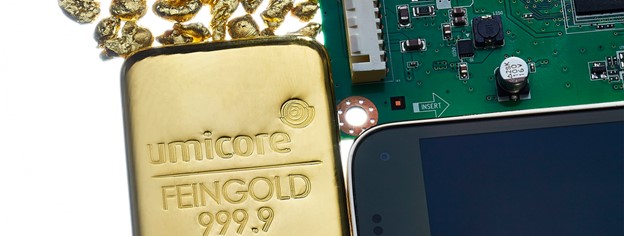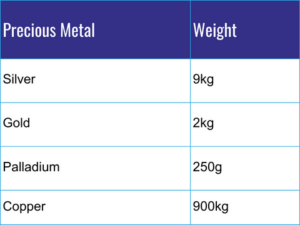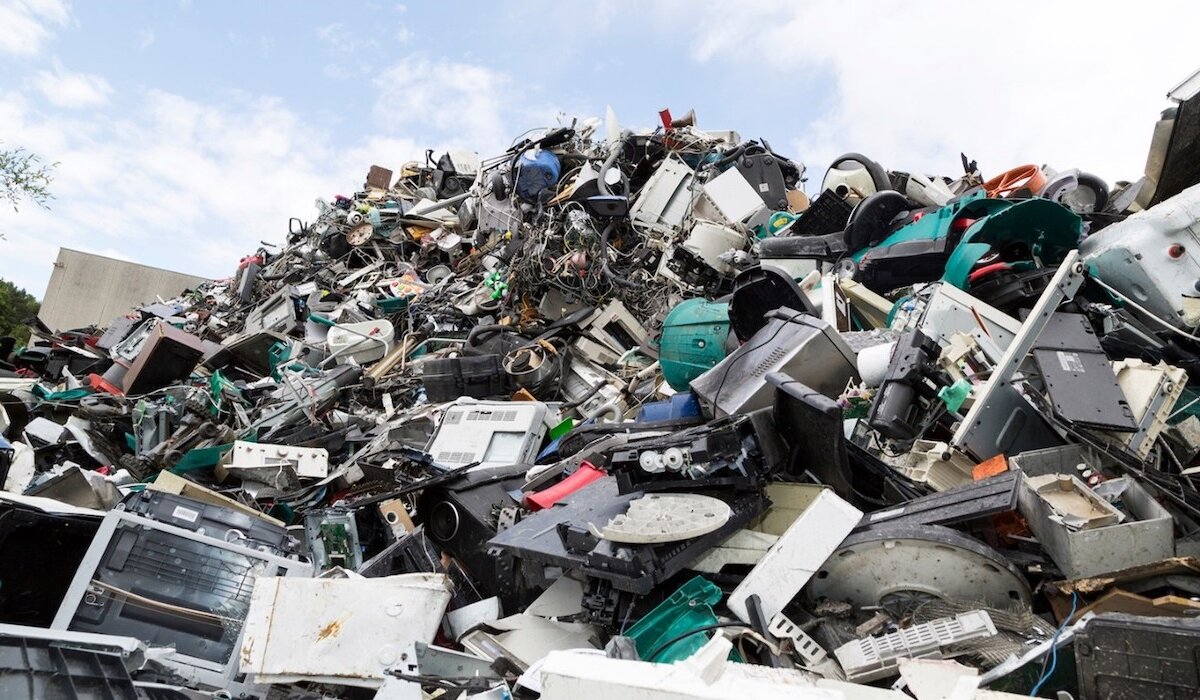When you replace your PC with an AI-enabled one, will you make sure your old device goes into an electronics recycling program?
In November of 2023, I wrote about artificial intelligence (AI) personal computers (PCs) possibly being a growth driver of the 2024 PC and semiconductor growth. Our trusty editor upon preparing the blog for publication had several questions, one of which pertained to the sustainability or recycling of the PCs that the AI PC would be replacing. With the AI PCs becoming available in March through Dell, it’s time to write that article.
The marketing or thought process behind AI PCs is that conventional PCs don’t have the proper computing power to handle AI. At this moment, if you have an AI query or are creating an article, video, or photo using AI, it’s done in the cloud. The new processors being built by AMD, Intel, Qualcomm, and others enable inference to be performed better on the edge.
According to Dell Computer: “the Intel® Core™ Ultra processors with Intel vPro® and the new integrated multi-processor package with central processing unit (CPU), graphics processing unit (GPU) and neural processing unit (NPU), a day in the life of a hybrid worker will be more productive, secure and collaborative. AI workloads will be offloaded to the xPU, a versatile AI engine, depending on the application and use case”. Microsoft is one of the drivers of the AI PC, since the company started adding AI-based software to its Windows packages, such as its co-pilot, which is starting to pop up on PC screens.
As we start to look at the recycling issues how many PCs are we talking about? According to IDC’s March 2024 PC forecast, PCs are expected to see 2% growth in 2024 a forecast of 265.4 million units. The unit growth is expected to be 292.2 in 2028. Not all of these PCs will be AI PCs.

Intel forecasts 40 million AI PC chips in 2024 and 60 million in 2025. Investorplace forecasts approximately 55 million AI PCs in 2024. AMD has not stated an AI PC chip forecast but according to Investorplace, has a bit of a head start in placing those PCs in the market with a reported 90% share at the end of 2023.
Historically, electronics recycling has been dismal. In some parts of the United States, there has been considerable activity to improve the recycling and the recycling process. But the reported numbers are poor. The World Counts reports:
- 40 million tons of electronic waste are thrown out each year.
- This is equivalent to throwing out 800 laptops every second.
- E-waste accounts for 70% of our toxic waste
- Only 12.5% of E-waste is recycled
- 85% of E-waste is sent to landfills or incinerated
According to the World Counts report the bulk of E-waste that is collected ends up in either Asia or Africa. Burying the E-waste lets the toxic materials leach out into water supplies. The incineration of plastics is a health hazard due to the toxicity of the plastics and the resins.
The United Nations, the EPA, and other nations have been working together to improve E-waste recycling worldwide and have attempted to take steps to prevent dumping. E-waste recycling is prevalent worldwide. Computer companies, electronic retailers, and waste management companies have an E-waste disposal program. Unfortunately, in many cases, the waste is packaged and shipped overseas to Asia or Africa. Ideally, a full-blown E-waste recovery and metal and parts recycling program run in each country, or by major electronics manufacturers, would be a better option, and it would be a highly profitable program.


Umicore has found electronics recycling, especially cell phones, to be highly profitable. 35 phones yield 1 gram of gold which is equivalent to what is found in a metric ton of gold ore. 1 metric ton of cell phones yields 300 grams of gold. Not to mention the additional copper and silver which can also be extracted. The 300 grams of gold is = 10.5 ounces, which at March 2024 prices is $22.5 thousand. Thus, a metric ton of cell phones is significantly more profitable to process than a metric ton of gold ore (Figure 3)
PCs are a bit more profitable than cell phones as a PC has between 1/5 of a gram and 1/10 of a gram of gold depending upon if it’s a laptop or a desktop. Using the smaller amount, 10 PCs give a gram of gold. Using 1/7 of a gram or 0.143 grams per PC if all of the 55 million PCs replaced in the refresh cycle in 2024 were recycled the amount of gold recovered would be approximately 7,864,999 grams, which at today’s price is ~$550 million.
When you add in the other precious metals, copper, silver, and bits of platinum and palladium, it becomes much more profitable to mine old electronic devices for precious metals than digging ore from the ground. The plastics, glass, aluminum, batteries, and other metals found in electronic goods also can be recycled.
So, the next time you upgrade your PC, Phone, or TV, make sure you find a certified electronics recycler. This will hopefully get your device sent to a recycling operation and not to a landfill overseas.




















